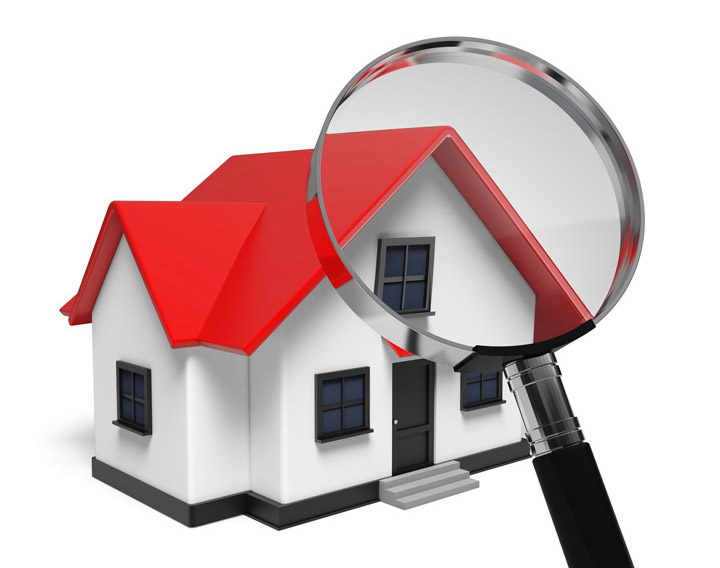
An Overview of the Appraisal ProcessA home purchase can be the most significant financial decision most could ever encounter. It doesn't matter if a primary residence, a seasonal vacation home or a rental fixer upper, the purchase of real property is a detailed financial transaction that requires multiple people working in concert to make it all happen. Most of the people involved are quite familiar. The most recognizable face in the exchange is the real estate agent. Next, the lender provides the financial capital required to fund the transaction. And ensuring all requirements of the exchange are completed and that the title is clear to pass from the seller to the purchaser is the title company. So, what party makes sure the real estate is worth the purchase price? In comes the appraiser. We provide an unbiased estimate of what a buyer might expect to pay — or a seller receive — for a parcel of real estate, where both buyer and seller are informed parties. Wulf Appraisal will ensure, you as an interested party, are informed. The inspection is where an appraisal startsOur first task at Wulf Appraisal is to inspect the property to determine its true status. We must see aspects of the property first hand, such as the number of bedrooms and bathrooms, the location, amenities, etc., to ensure they really are present and are in the condition a typical person would expect them to be. To make sure the stated square footage has not been misrepresented and illustrate the layout of the house, the inspection often includes creating a sketch of the floorplan. Most importantly, the appraiser looks for any obvious amenities - or defects - that would affect the value of the house. Also evaluated is the surrounding roads/highways, schools, commercial properties, and other external factors that can have an effect on property values. Back at the office, an appraiser uses appropriate approaches to determining the value of the property: sales comparison and, in the case of a rental property, an income approach. 
Cost ApproachThis is where we use information on local building costs, labor rates and other elements to ascertain how much it would cost to construct a property nearly identical to the one being appraised. This value usually sets the upper limit on what a property would sell for. It's also the least used method. 
Analyzing Comparable SalesAppraisers can tell you a lot about the communities in which they work. They innately and expertly understand the value of certain features to the residents of that area. Then, the appraiser researches recent sales in close proximity to the subject and finds properties which are 'comparable' to the subject being appraised. Using knowledge of the value of certain items such as fireplaces, room layout, appliance upgrades, extra bathrooms or bedrooms, or quality of construction, we adjust the comparable properties so that they are more accurately in line with the features of subject property.
A valid value of what the subject can only be determined once all differences between the comps and the subject have been evaluated. This approach to value is most often given the most weight when an appraisal is for a home purchase. Valuation Using the Income ApproachIn the case of income producing properties - rental houses for example - we may use an additional way of valuing real estate. In this case, the amount of income the property generates is taken into consideration along with income produced by neighboring properties to give an indicator of the current value. ReconciliationCombining information from all applicable approaches, the appraiser is then ready to state a market value for the subject property. The value listed on the appraisal report is not always the final sales price, but it is the best indication of what a property is worth. Depending on the specific circumstances of the buyer or seller, their level of urgency or a buyer's desire for that exact property, the closing price of a home can always be driven up or down. Regardless, the appraised value is used as a guideline for lenders who don't want to loan a buyer more money than the property is actually worth. Here's what it all boils down to, an appraiser from Wulf Appraisal will give you the most accurate property value, so you can make informed real estate decisions. google-site-verification=02LMnheFPXhwpV4RPLOUOi_s2OZLAfaMt9EUZUHiGsM |
Got a Question?
Do you have a question? We can help. Simply fill out the form below and we'll contact you with the answer, with no obligation to you. We guarantee your privacy.